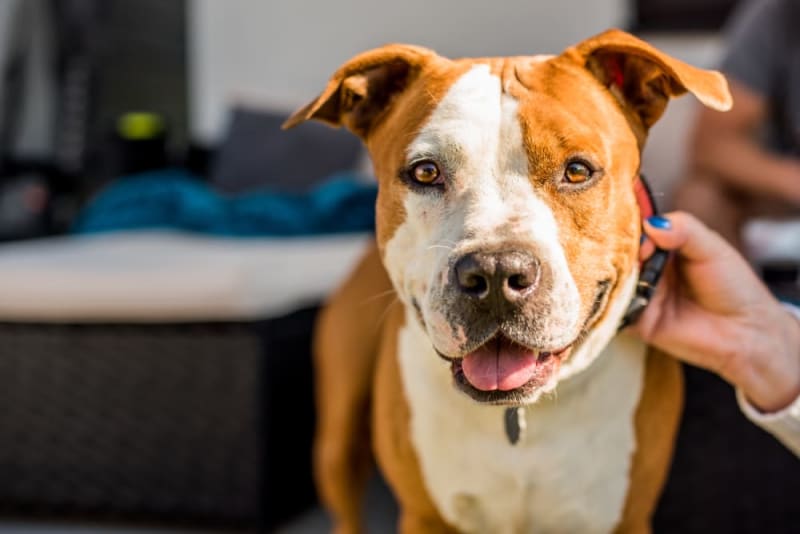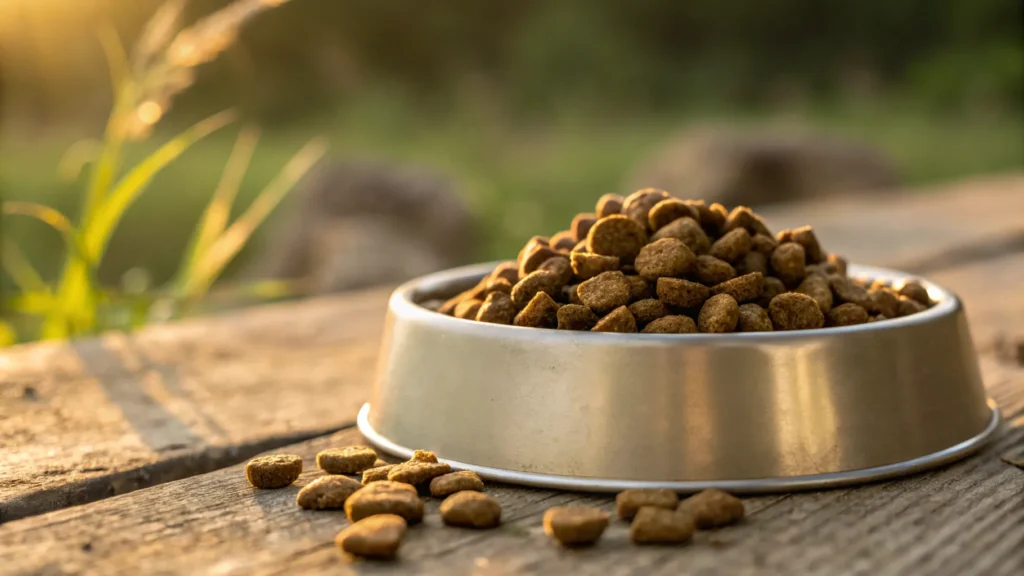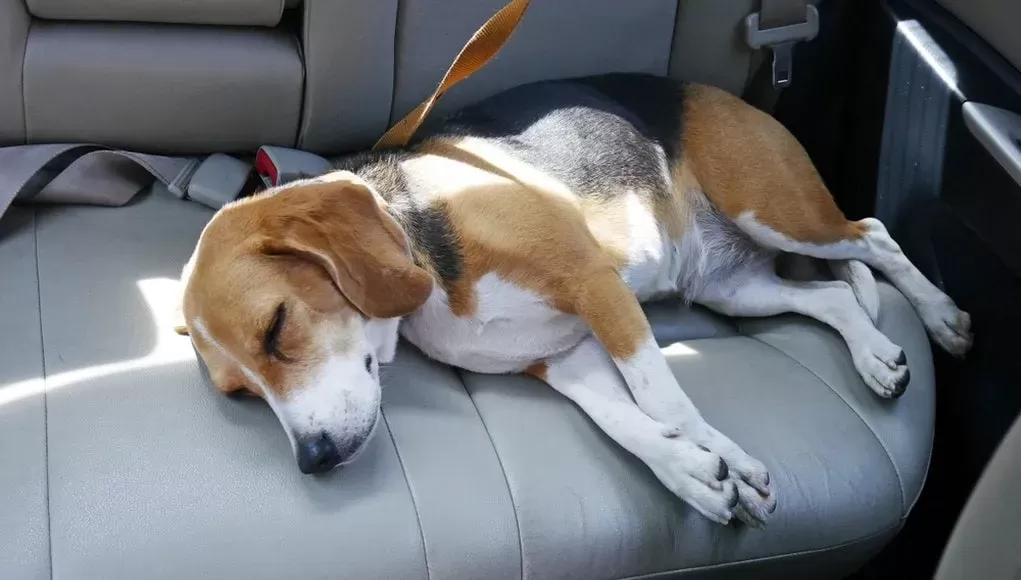Parvo in Dogs and Puppies: Causes, Symptoms, and Treatment

Parvo in Dogs and Puppies: Causes, Symptoms, and Treatment for Canine Parvovirus – Parvo, or Canine Parvovirus (CPV), is a severe and often deadly disease in dogs. However, it is also highly preventable, and its symptoms can be treated through supportive care. Receiving a parvo diagnosis can be challenging, but increasing your knowledge will better equip you to handle the intricacies of this virus. This article covers parvo’s causes, symptoms, and the steps you can take to prevent its spread.
7 Best Dog Foods in 2025, Recommended by Vets

7 Best Dog Foods in 2025, Recommended by Vets – If you are a dog owner, you already know how overwhelming the pet food aisle can be. Bags stacked from floor to ceiling, labels claiming natural, grain-free, premium, or vet-approved, it is enough to make your head spin. The truth is, not every dog food is created equal. Some formulas really do give your pup everything they need to thrive, while others…not so much. That is why we rounded up the 7 best dog foods in 2025, suggested by vets. These foods balance nutrition, taste, and real-world value, and they are trusted by veterinarians, which means you can feel confident scooping them into your dog’s bowl.
Why Is My Dog Not Eating? Causes and What To Do

When you see your dog won’t eat, it becomes a very large issue and can be worrying. As a pet owner, you worry when your dog has a serious problem or disease, especially when it comes to not eating. Dogs can stop eating for a variety of reasons, and it is very important to understand the reasons to take the appropriate actions to assist your dog with the issue. In this blog, we will explore the common causes why your dog won’t eat and what you can do to help.
Can I Give My Dog Benadryl? And if So, How Much?

Can I Give My Dog Benadryl? And if So, How Much? – Every pet owner wants the best for their canine companion. One of the very few over-the-counter drugs made for humans that some veterinarians may have pet parents give to their dogs at home is diphenhydramine, also well-known as Benadryl. If your dog is suffering from a mild allergic reaction or was stung by an insect, Benadryl can help keep them calm. Even though dogs mainly tolerate Benadryl well, it is not always the solution. What is the suggested dosage for your dog? How often should you give it Benadryl, and is it safe to use on your specific pet? Benadryl may have the opposite effect for some dogs. It should not be used with animals that have some medical conditions because it can increase your pet’s anxiety. We will go over when it is safe and effective to give your dog Benadryl, when to use other treatments, and whether your veterinarian is on board. Before giving your dog Benadryl, think about these points.
Cruciate Ligament Rupture in Dogs

Cruciate Ligament Rupture in Dogs – The most prevalent orthopedic condition affecting dogs is a cruciate ligament rupture. This injury, akin to an ACL tear in humans, can lead to lameness and pain and potential long-term mobility problems with delayed intervention. Understanding the causes, signs, and treatment options for cruciate ligament rupture in dogs is important for owners to facilitate their dog’s comfort and health in the long run.
Seizures in Dogs

Seizures in Dogs – Seizures in dogs can be alarming for any pet owner. Watching your dog suddenly collapse, convulse, or lose control of its body can be frightening. While seizures vary in seriousness and frequency, they frequently signal underlying medical issues that need attention. Understanding what causes seizures, how to identify the signs, and what treatment options are available can help you manage this condition and improve your dog’s quality of life.
Motion Sickness in Dogs

Motion Sickness in Dogs – Motion sickness affects many pet owners with their dogs, either in the car, boat, or plane. It’s not only inconvenient but stressful for both dog and owner. Puppies are the most likely to suffer from motion sickness, and a great number of grown dogs do lose their motion sickness as they get older. Unfortunately, there are dogs that may well continue to demonstrate motion sickness as adults. A better knowledge of the causes, recognizing the signs, and understanding treatment options available can make traveling a smoother experience for everyone.
Urinary Tract Infections (UTIs) in Dogs

Urinary Tract Infections (UTIs) in Dogs – Are you concerned that your dog may have a urinary tract infection (UTI)? Whether this is the first occurrence with a UTI or whether your dog has experienced them multiple times, you may have questions regarding symptoms, causes, and treatment options. In this blog, we will gain a complete understanding of Urinary Tract Infections (UTIs) in Dogs.
Mast Cell Tumors in Dogs

Mast Cell Tumors in Dogs – Mast Cell Tumors (MCTs) in dogs are one of the most common forms of skin cancer in dogs. These tumors can be significantly different in looks and behavior, making early diagnosis and proper treatment important for a positive result. As a responsible pet owner, it is essential to understand what mast cell tumors are, how to identify them, and what steps to take if your dog is diagnosed.
Grape, Raisin, and Currant Poisoning in Dogs

Grape, Raisin, and Currant Poisoning in Dogs – As kind and caring dog owners, we occasionally agree to share aspects of life, and even our food, with our dogs. However, not all human foods are safe for canine consumption. The most injurious foods are grapes, raisins, and currants. Even small amounts can lead to a host of serious health issues or even death for dogs. Understanding the dangers, symptoms, and emergency measures surrounding these fruits can help to save your dog’s life.
